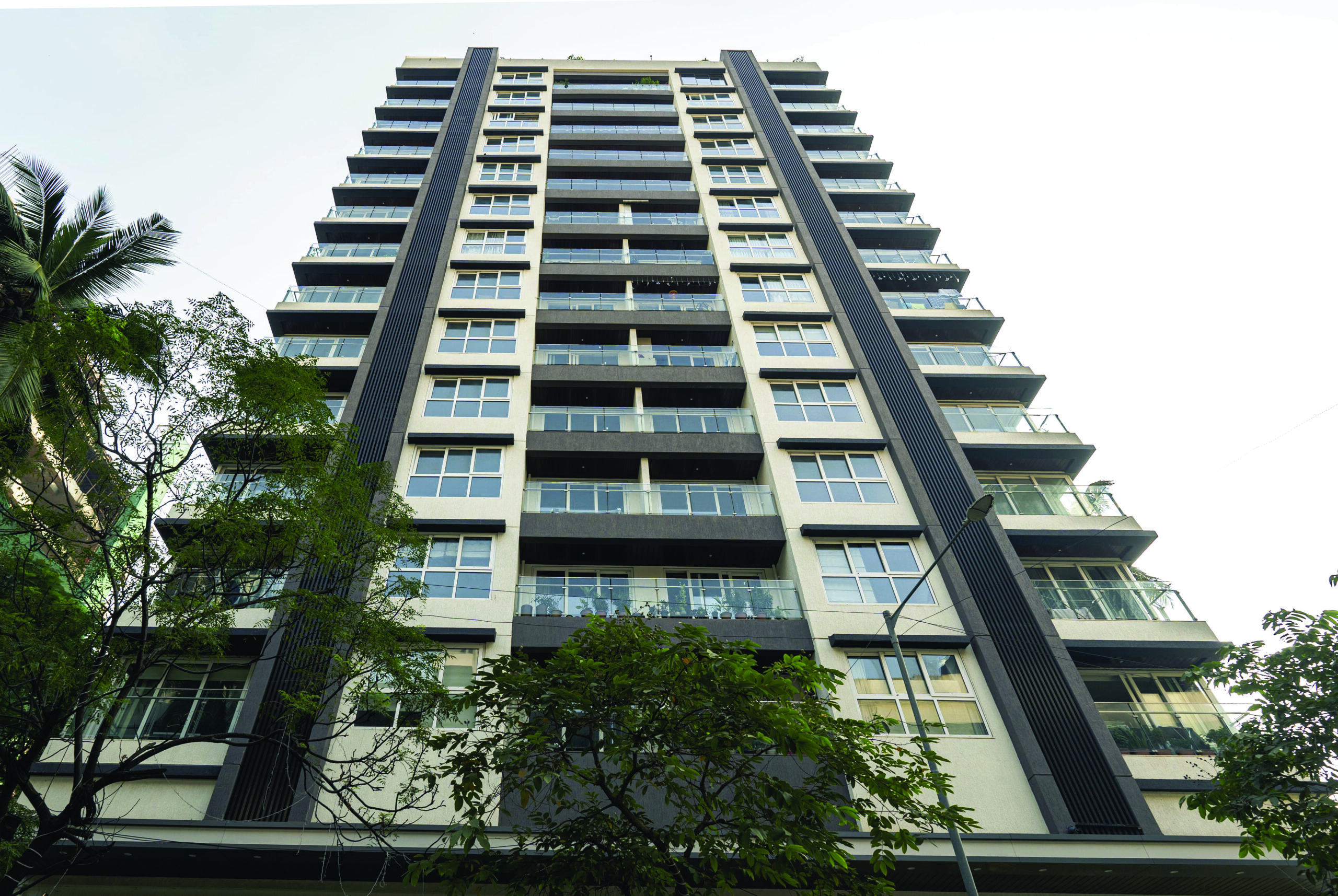
The modern architectural realm presents an invaluable chance to acknowledge and celebrate the vibrant diversity inherent in global cultures. Today, architecture is not just about constructing practical spaces it’s a joyful process of designing welcoming environments that embrace and reflect the rich diversity of the cultures around them.
The cornerstone of cultural sensitivity in architecture lies in understanding and respecting traditions and values. This approach transcends mere superficial aesthetic choices but rather involves a deep, nuanced understanding of the cultural narratives and environmental contexts of the spaces we design. It is a holistic process that encompasses the consideration of local materials, historical architectural practices, and communal spaces that foster social cohesion and identity. One of the primary challenges often faced in integrating cultural sensitivity into our designs is the ambiguity of cultural appropriation!
A scenario where elements of a particular culture are used outside of their traditional context, often without proper understanding or respect. To navigate this, a design process ought to involve thorough research and community engagement in order to understand the local culture and help avoid the pitfalls. Furthermore, the environmental aspect of cultural sensitivity—often referred to as ‘genius loci’ or the spirit of the place—plays a critical role in designs. This concept goes beyond the physical, acknowledging the unique qualities of each location that give it identity and character.
Incorporating cultural sensitivity into architecture is also about adapting to the changing demographics and needs of urban populations. As cities become more diverse, the spaces within them need to cater to a variety of cultural practices, social interactions, and communal activities. This is where flexible and adaptive design comes into play. By creating spaces that can be used in multiple ways, we cater to the diverse needs of different cultural groups, promoting inclusivity and accessibility.
To summarise, cultural sensitivity in design is an ongoing journey, one that requires constant learning, adaptation, and respect for the diverse communities we serve. It is about creating spaces that meet the functional needs of the inhabitants without diminishing their unique identity.
The author is the Chairman & Managing Director at Vivek Bhole Architects Pvt. Ltd.